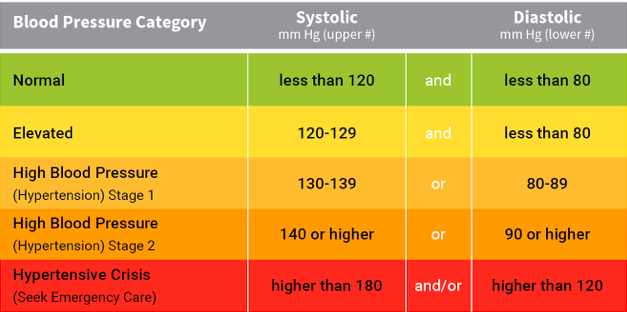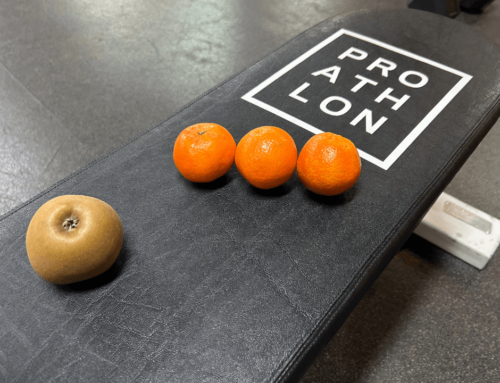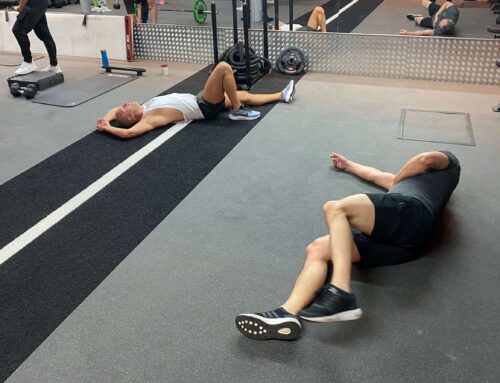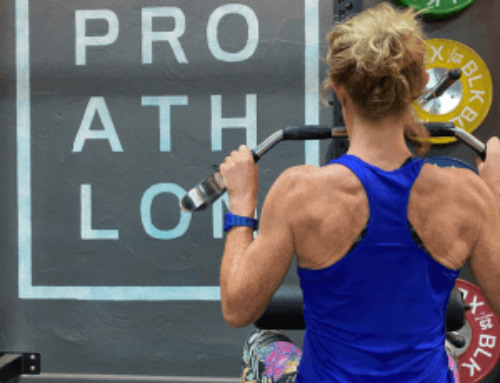With so many health and fitness apps, products & services on the market it can be hard to know which one piece of fitness tech you should own.
Sleep apps, mindfulness apps, DNA testing, blood work, heart rate variability (HRV), the list goes on. All of these products and services are effective; they focus the consumer’s attention on their health and fitness, with the hope that the user makes positive lifestyle changes. This can only be a good thing. However some of the tech can be expensive, impractical and if app based, it encourages us to spend even more time on our phones.
Our recommendation
All the trainers at Proathlon agree that there is one product that stands out from the rest. It may not be “on trend” or have a fancy app to navigate through, but the blood pressure monitor is a piece of kit you should have at home or at work.
- Provides an indictor into your heart and overall health
- Quick and easy to use
- Cheap
High blood pressure, nicknamed the “silent killer” has no symptoms and so regular testing will keep you informed of your heart and overall health.
The facts

Where is my BP?

How to lower blood pressure – modifiable risk factors
- Stay hydrated – High blood pressure is common in people who are chronically dehydrated. When the body’s cells lack water, the brain sends a signal to the pituitary glad to secrete vasopressin, a chemical that causes constriction of the blood.Our Tip – Drink approximately 1L of water for every 25kg of body weight.
- Obesity – There is a strong and direct relationship between excess weight and high blood pressure.Our Tip – Join our next 10-week nutrition and accountability intake (20th Jan 2020).
- Excess alcohol intake – Heavy habitual consumption of alcohol is linked to elevated blood pressure. Blood pressure rises, in some cases to dangerous levels, when large amounts of alcohol are consumed – particularly when binge drinking.Our tip – Depending how often you drink, start with a number of alcohol free days and look to increase this over a period of time. We like a drink, but 1-2 days per week is better than 5-7.
- Lack of exercise – People who do not take enough aerobic exercise are more likely to have or to develop high blood pressure. People in the UK are around 20% less active now than in the 1960s. If current trends continue, we will be 35% less active by 2030.Our tip – Select an activity or sport that you will enjoy and therefore likely to do consistently. Aim for a minimum of 3 x 45min bouts of exercise/activity per week.Caution – If you have high blood pressure then the last thing your body needs is to join some HIIT class leaving you flat on the floor at the end trying to recover. Think least mode before beast mode. Lower intensity workouts are where you should start. Overtime your body will be able to handle higher intensity workouts.
- Manage stress, learn to slow down & breathe – Your body produces a surge of hormones when you’re in a stressful These hormones temporarily increase your blood pressureby causing your heart to beat faster and your blood vessels to narrow.Our tip – Learn to access your parasympathetic nervous system with focused breathing. Check out our post on this https://proathlon.co.uk/get-healthy/
Corporate Challenge
Many organisations/businesses invest a considerable amount of time and money into their employees’ well being, which is great. However sometimes the simplest ideas can have the biggest impact. How many companies provide blood pressure monitors onsite that are available for employees to self-check? We would guess not that many.
To all the business owners, decision makers and HR directors out there, we challenge you to make self blood pressure testing available to your employees.






